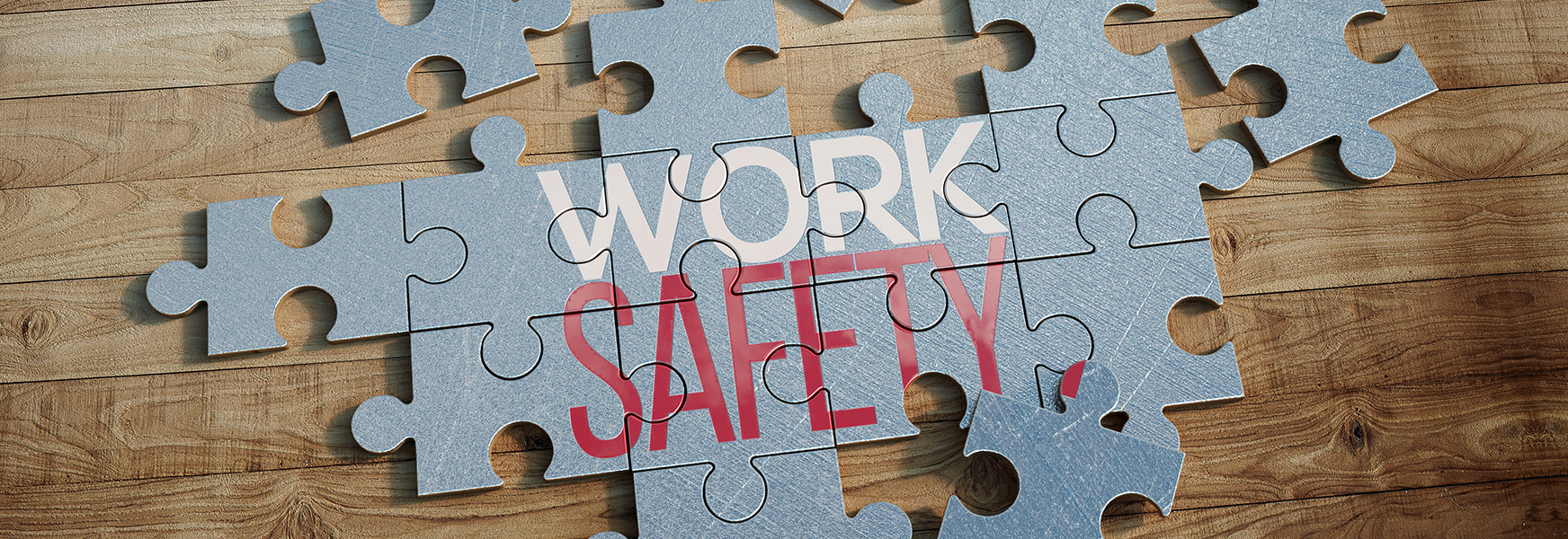4 Pieces to the Risk Assessment Puzzle

For Terry Dussault, crafting a clear safety picture from disparate parts is part personal, part technological.
Dussault, who now specializes in training companies to comply with state and federal safety regulations as founder of Yellowknife Consulting Services in Southern California, thinks of workplace risk assessment as building a puzzle without the box. The pieces might connect, but unless they connect seamlessly, you won’t have the clear picture you’re seeking.
That is when costly, avoidable incidents may occur. So we often need to take the time to reflect and be honest about some of our decisions.
“When I looked back on the early part of my career,” he said, “the more I thought about different things that had happened over the years, the more I understood how avoidable they were.”
Dussault recalls being 11 years old, when he was with a friend in a minibike accident who suffered burns over nearly half his body.
“I saw the impact it had,” he said. “When I started to replay it, that helped me learn about root cause analysis, and how it could have been prevented … not so much fault pointing but as a realization that things could have been done to change the outcome.”
1. Dussault says personal skills such as honesty and candor help break down organizational silos to involve as many relevant people as possible in crafting a safety puzzle that puts the welfare of the workforce front and center.
When people report questionable safety situations steps, it's not meant to reflect poorly on you as a department head or business owner. It’s to avoid costly, preventable incidents. Therefore, Dussault advises refraining from criticism. Having a thick skin will help hazard information flow – and that information is “like gold nuggets” to a business, Dussault said.
2. Another skill is to train key safety people to do mental risk assessments, “something you just do in your mind without even knowing it,” he said.
Crossing a street and stopping to look both ways is a mental risk assessment. But it does no good if the information isn’t processed and you decide to cross in front of speeding traffic. So, don’t do only the assessment. Act to eliminate the risk.
3. On the technological side, make it easier and less threatening to report a safety situation, whether it’s a near-miss incident or an actual one that produced harm. Dussault says using a mobile field app to report safety incidents and establish a scoreboard system will allow some anonymity, is less burdensome than filing actual paperwork, and lets management start seeing groupings of locations, causes, and other trends they can report for action, the better to avoid similar incidents in the future.
Which gets back to the human piece of the puzzle.
4. When you go out on the shop floor or construction site to start implementing changes, listening is key.
“Crews might say, ‘We're never going to do that’,” Dussault says. “And you have to be willing to say to yourself, ‘OK, well, maybe this isn't the best solution. Let's talk about it.’ And you get the field people involved to determine what the best solution is.”
For more insight into implementing the human and technological pieces of a field risk assessment puzzle, listen to the entre interview between MEMIC Safety Management Consultant Peter Koch and Terry Dussault, founder of Yellowknife Consulting Services, visit MEMIC.com, or subscribe to MEMIC Safety Experts wherever you get your podcasts.
